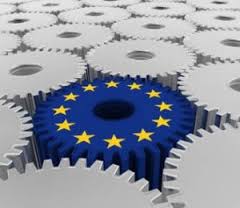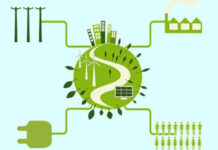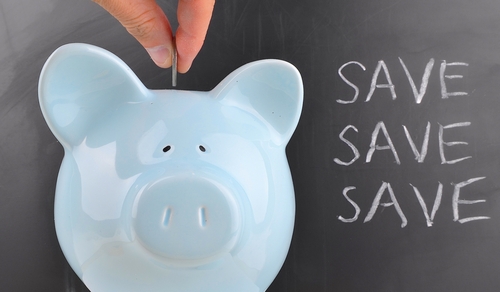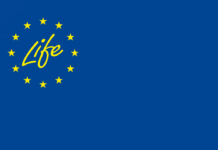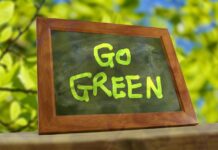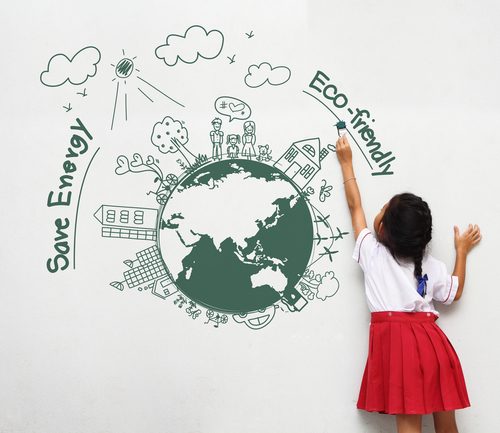
About recycling’ supply chain you manage a total cycle compared to Tetrapak cellulose’ part, whereas you extract and deliver to suitable companies the material’s rest that is aluminum and polyethylene.
Yes, moreover we recover a section of this material, aluminum and polyethylene, by companies we deliver it to work with; we realized some containers for our products, like hand towels, buckets or napkins for bar or even pallets. All material that can be recycled many times. We made this design’s line with recycled raw material and we put a message above referring to user the resource’ value made by recycled material. We thought about it to increase impact toward final consumer that has to be informed about the using product and its value for the environment.
You’re making even an important communication’s work among institutions. What do you answer at integration’s chance these objects and materials inside them?
We have to identify between interest and efficiency. Separate collection always seems to be a problem. Change it into opportunity is often very satisfying even though not always possible. Every time we open an exchange of views with municipalities, trying to figure out what is the best solution for any playing actor to let us take Tetrapak and working to recycle.
In fact, looking to their different available planning, every city decides to collect Tetrapak in paper or in plastic. We have to link an awareness campaign to citizens, that is correct waste disposal’s main actor.
What kind of waste disposal do you prefer?
We have not propensity, we only prefer as much as possible homogenous material. I can say that we saw a medium more successful plastic bestowal.
So, can we recycle all the produced Tetrapak?
We have huge room for improvement. You have to consider that Tetrapak’ great part we work, comes from abroad, that’s why we have a machinery in France.
France and Slovenia are biggest suppliers. By France we receive excellent quality’ material, that means adequate disposal is possible. In Italy we work especially with Tetrapak, Comieco and institutions to raise recycling. We hope for an import’ reduction and an Italian recycling’ growth.
How does a municipality start a Tetrapak recycle’ way?
It has to seat around a table with all the supply chain’s actors and looking for the best practice. Considering that it’s easier to work with new installations. New structures we are realizing in the south of Italy are very arranged to this gather’s kind.
You just closed sustainability’ evaluation, are you satisfied by results?
Absolutely, we have environmental data almost all improving. For example, we reduced product unit water consumption’s and improved indicators for realized paper’ unit. We are following standards for employees’ sustainability too. This evaluation represents a great challenge according to international standards we subscribed to.
In conclusion, recycling’ supply chain have its own aces in the hole, even though if we look to Tetrapak’ data comparing how much material we produce in Italy and how much we recycle, we don’t add up. We scatter or dismiss like other material more than twice as much and so we don’t reuse adequately; we hope that institutions and local actors may focus their concrete work on recycling.
Per ricevere quotidianamente i nostri aggiornamenti su energia e transizione ecologica, basta iscriversi alla nostra newsletter gratuita
e riproduzione totale o parziale in qualunque formato degli articoli presenti sul sito.




